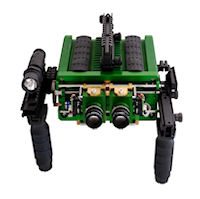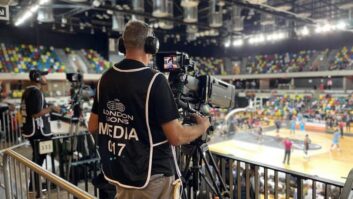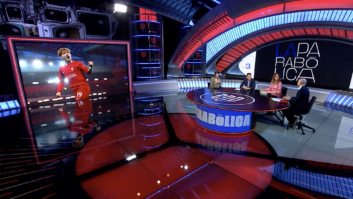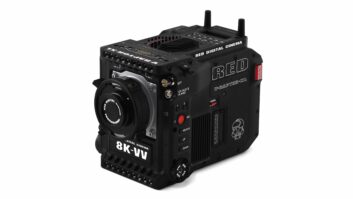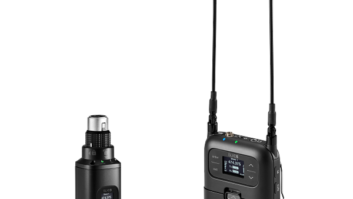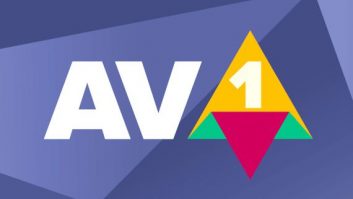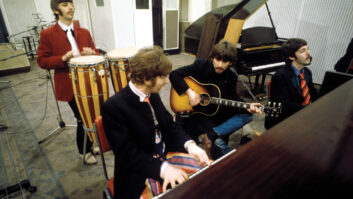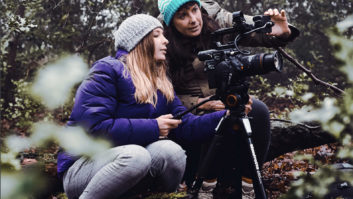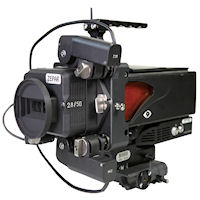
A 3D camera system built around the Phantom high frame rate recorder offers a new approach to 3D imaging by using removable sets of twin optics. The Phantom 65-Z3D has been praised by visual effects pioneer Doug Trumbull.
A joint collaboration between Vision Research, MKBK of Moscow, Dedo Weigert Film of Germany and US rental and services house AbelCine, the Phantom 65-Z3D marries Zepar lens pairs to capture twin 2K 35mm sized images onto a single 65mm sensor.
The Zepar lenses, originally designed in the 1970s for 70mm 3D projects, range between 20-100mm in focal length (20, 24, 28, 35, 50, 75 and 100) and can be swapped within 60 seconds – far quicker than recalibrating lenses on a beamsplitter rig.
It can record speeds up to 120fps or 320fps for slow motion sequences at 1920×1080. The unit weights about 20lb with lens for Steadicam work.
“By utilizing a single sensor, the P65-Z3D is like a pair of parallel cameras, in that there is no toeing-in for convergence, with no genlock or camera alignment necessary,” explained AbelCine’s Jamie Alac. “By adding the capability to adjust the lenses horizontally in front of the sensor, thus changing the distance between the lenses, it is possible to affect the zero parallax distance and therefore determine the point where objects appear in front of the screen and behind the screen.”
The images produced by the system’s parallel capture are claimed to be free of optical distortion or keystoning.Visual effects pioneer Doug Trumbull, whose credits include 2001: A Space Odyssey, has shot a music promo using the camera and was impressed.
“The lens pairs are perfectly matched and aligned, and weigh only a couple of pounds, making the entire package so small, it easily fits on the Steadicam,” he said. “This first experiment involved extremely dynamic movement of camera and subject, often going 360-degrees multiple times. We shot all day without any problems.”
The camera body costs around $2500 a day to rent and the lenses an additional $4,000 a day from AbelCine which has offices only in the US.
